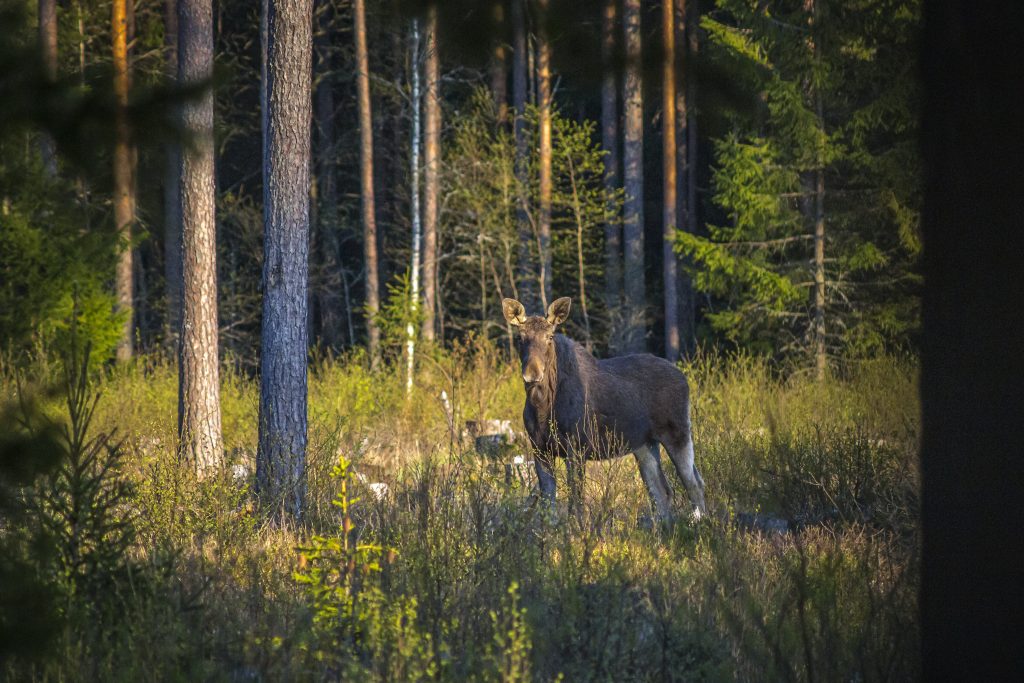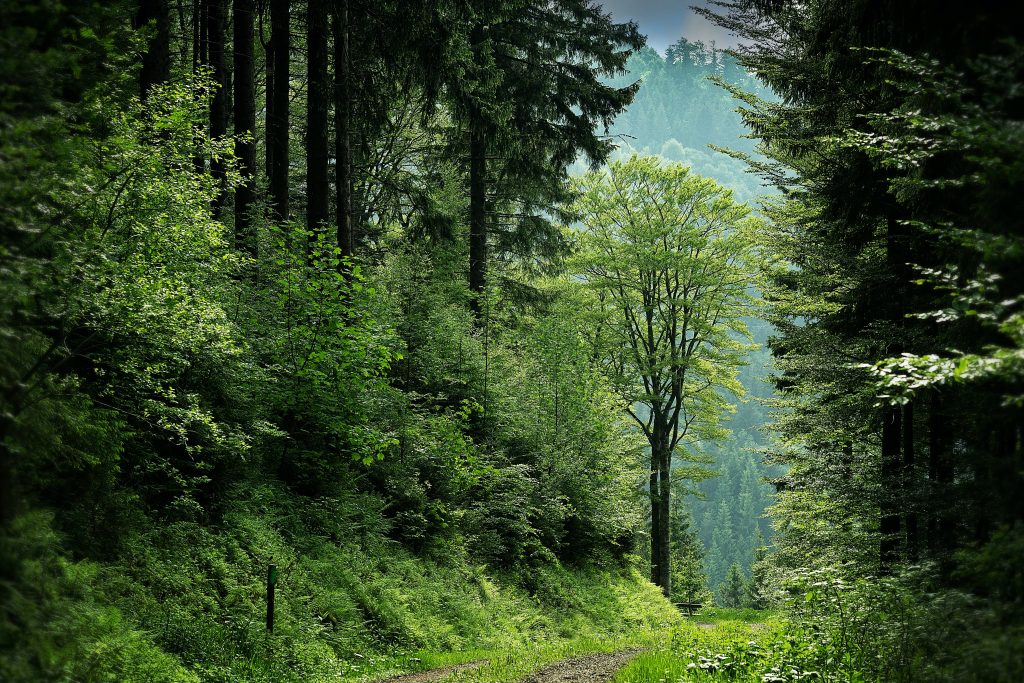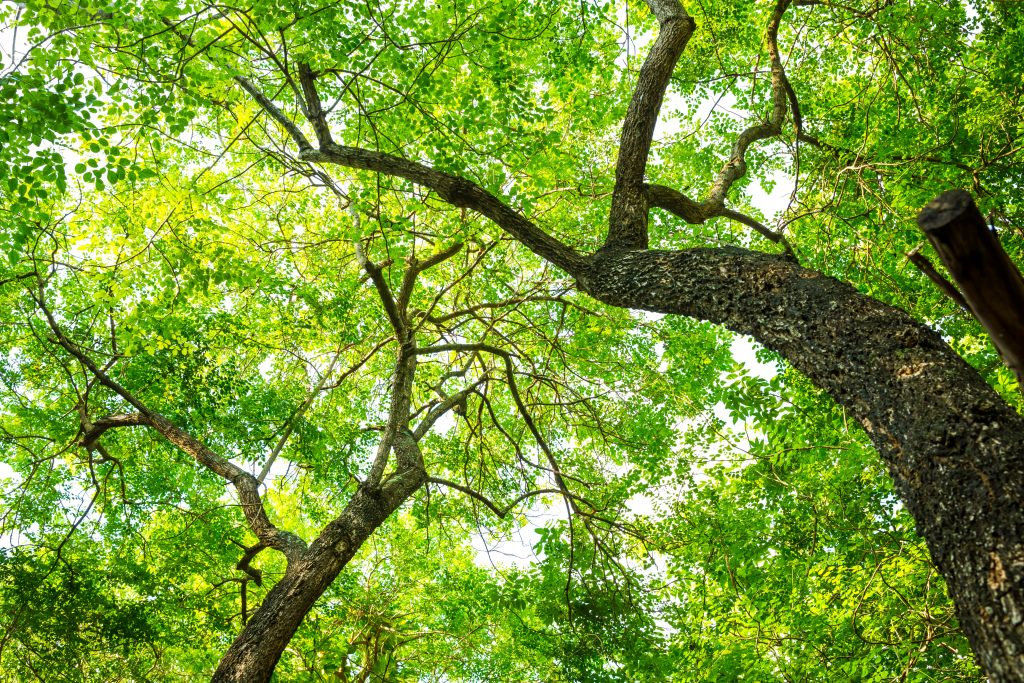Studying the impact of trees on ecological diversity in Utah holds significant importance for several reasons:

- Ecosystem Health and Stability: Trees play a fundamental role in maintaining the health and stability of ecosystems. Understanding how trees contribute to ecological diversity helps in assessing the overall health of Utah’s natural environments. Healthy ecosystems are better equipped to withstand environmental stressors and disturbances.
- Biodiversity Conservation: Utah is home to a diverse range of plant and animal species, many of which depend on trees for habitat, food, and shelter. Studying the relationship between trees and ecological diversity helps identify critical habitats and conservation priorities, ensuring the survival of native flora and fauna.
- Ecosystem Services: Trees provide essential ecosystem services, including air and water purification, carbon sequestration, and soil stabilization. These services are crucial for maintaining clean air and water, mitigating climate change, and preventing soil erosion, all of which have far-reaching impacts on human and ecological health.
- Sustainable Resource Management: Utah’s forests and woodlands are valuable natural resources. Understanding how trees contribute to ecological diversity informs sustainable management practices, ensuring that these resources can be harvested or used without compromising the long-term health of the ecosystems they support.
- Climate Resilience: Trees help mitigate the effects of climate change by sequestering carbon dioxide (CO2) and providing shade that reduces heat in urban areas. Studying the impact of trees on ecological diversity aids in assessing the resilience of ecosystems to climate change and understanding how tree species may need to adapt or be managed differently.
- Recreation and Aesthetics: Utah’s natural beauty, including its trees and forests, attracts outdoor enthusiasts and tourists. A diverse range of trees enhances the aesthetic appeal of parks, trails, and recreational areas, contributing to the state’s tourism industry and overall quality of life.
- Education and Outreach: Research on the impact of trees on ecological diversity provides valuable educational opportunities. It helps raise awareness among the public, students, and policymakers about the importance of preserving natural landscapes and the role of trees in supporting diverse ecosystems.
- Resilience to Natural Disasters: Understanding the relationship between trees and ecological diversity can inform strategies for mitigating the impacts of natural disasters like wildfires and floods. Certain tree species can act as firebreaks or stabilize soil along water bodies, reducing the severity of such events.
- Policy and Conservation Initiatives: Scientific research on trees and ecological diversity provides a basis for the development of policies and conservation initiatives. It supports evidence-based decision-making that can lead to the protection of critical habitats, the implementation of sustainable forestry practices, and the preservation of native tree species.
- Cultural and Heritage Values: Trees often hold cultural and heritage significance for indigenous communities and local populations. Studying their impact on ecological diversity respects and acknowledges these cultural connections and values.
In conclusion, studying the impact of trees on ecological diversity in Utah is essential for maintaining the state’s diverse ecosystems, conserving biodiversity, ensuring the sustainability of natural resources, and addressing the challenges posed by climate change and environmental degradation. It is an interdisciplinary field that benefits both the environment and the well-being of Utah’s residents.
Variety of Tree Species Found in Utah
Utah boasts a diverse range of tree species, thanks to its varied climate, topography, and ecosystems. These tree species are adapted to the state’s different regions and elevations. Here is an overview of the variety of tree species found in Utah:

- Conifers:
- Ponderosa Pine (Pinus ponderosa): These towering trees are common in the mountainous regions of Utah. They have distinctive orange-brown bark and long needles.
- Douglas Fir (Pseudotsuga menziesii): Douglas firs are found in mountainous areas, characterized by their dark green needles and distinctive pinecones.
- Engelmann Spruce (Picea engelmannii): These spruces thrive at higher elevations and are recognizable by their sharp, blue-green needles.
- Subalpine Fir (Abies lasiocarpa): As the name suggests, subalpine firs are commonly found at high elevations. They have short, flat needles and provide habitat for various wildlife species.
- Limber Pine (Pinus flexilis): Limber pines are well-suited to Utah’s dry climate and can be found in both mountainous and high desert areas.
- Deciduous Trees:
- Quaking Aspen (Populus tremuloides): Quaking aspen groves are widespread in Utah and are known for their distinctive white bark and heart-shaped leaves that flutter in the wind.
- Cottonwood (Populus spp.): Several species of cottonwood, including Fremont cottonwood and narrowleaf cottonwood, thrive along riverbanks and wetlands.
- Boxelder (Acer negundo): These small to medium-sized trees are found in various habitats and are recognizable by their compound leaves.
- Juniper (Juniperus spp.): Utah is home to several juniper species, including Utah juniper and Rocky Mountain juniper. These trees are well-adapted to arid conditions and can be found in desert regions.
- Bigtooth Maple (Acer grandidentatum): Bigtooth maples are found in Utah’s canyons and higher elevations. They offer vibrant fall foliage.
- Evergreen Trees:
- White Fir (Abies concolor): White firs are often found in montane forests and are characterized by their long, soft needles.
- Blue Spruce (Picea pungens): Blue spruces are cultivated for their striking blue-green needles and are often used in landscaping.
- Lodgepole Pine (Pinus contorta): Lodgepole pines are found in mountainous regions and are known for their slender trunks and small, tightly clustered needles.
- Bristlecone Pine (Pinus longaeva): These ancient trees are some of the oldest living organisms on Earth and are typically found in the state’s high-elevation, arid areas.
- Shrub and Bush Species:
- Mountain Mahogany (Cercocarpus spp.): These shrubs or small trees are adapted to Utah’s arid environments and are known for their feathery seed clusters.
- Serviceberry (Amelanchier spp.): Serviceberries are common in mountainous regions and produce edible berries enjoyed by wildlife and humans.
- Sagebrush (Artemisia tridentata): While not technically trees, sagebrush is a dominant plant species in Utah’s deserts and plays a crucial role in these ecosystems.
This diversity of tree species in Utah supports a wide range of wildlife, contributes to the state’s scenic beauty, and provides various ecosystem services, making it an integral part of Utah’s natural environment.
Interdependence of Flora and Fauna within Utah’s Forests
The interdependence of flora and fauna within Utah’s forests is a fundamental aspect of these ecosystems, where plants and animals rely on each other for survival and contribute to the overall biodiversity and ecological balance. This interdependence is a complex web of relationships that ensures the health and stability of forest ecosystems. Here’s an exploration of how flora and fauna interact within Utah’s forests:

- Food Chains and Trophic Levels:
- Utah’s forests support a diverse range of plants, including trees, shrubs, and understory vegetation. These plants serve as primary producers, converting sunlight into energy through photosynthesis.
- Herbivorous fauna, such as deer, elk, and various small mammals, rely on these plants for food. They occupy the herbivore trophic level.
- Predators like wolves, coyotes, and mountain lions feed on herbivores, constituting the carnivore trophic level.
- The interactions between these trophic levels create food chains and energy transfer pathways within the ecosystem.
- Mutualistic Relationships:
- Many plant species within Utah’s forests engage in mutualistic relationships with various fauna. For example:
- Pollination: Bees, butterflies, and other insects visit flowers for nectar and inadvertently transfer pollen, facilitating plant reproduction.
- Seed Dispersal: Animals like squirrels, birds, and bears consume fruits and seeds, dispersing them throughout the forest when they excrete undigested seeds in different locations.
- Mycorrhizal Associations: Trees form symbiotic relationships with mycorrhizal fungi, which enhance nutrient absorption for both the trees and the fungi.
- Habitat Provision:
- Flora in Utah’s forests provide habitat and shelter for a wide variety of fauna. This includes:
- Nesting Sites: Birds, such as woodpeckers and owls, create nests in tree cavities.
- Roosting Areas: Bats and certain bird species roost in tree foliage.
- Cover and Camouflage: Understory vegetation and shrubs offer cover and camouflage for small mammals, birds, and insects.
- Nutrient Cycling:
- The decomposition of plant matter, including leaves, fallen branches, and trees, by decomposers like fungi and detritivores (e.g., insects) contributes to nutrient cycling in the forest ecosystem.
- These decomposers break down organic matter, releasing nutrients back into the soil, which are then taken up by plants, completing the nutrient cycle.
- Predator-Prey Relationships:
- Predators and prey within Utah’s forests engage in intricate relationships. The abundance of prey species influences predator populations, and vice versa, leading to population dynamics that help control wildlife populations.
- For example, the presence of large predators like wolves and cougars can regulate populations of herbivores such as deer and elk.
- Biodiversity and Resilience:
- The interdependence of flora and fauna contributes to the overall biodiversity of Utah’s forests. A diverse ecosystem is more resilient to disturbances, such as disease outbreaks or wildfires, as different species may respond differently to these challenges.
- Maintaining biodiversity helps ensure the long-term health and stability of the forest ecosystem.
- Human Impact:
- Human activities, including deforestation, habitat destruction, and climate change, can disrupt the delicate balance of flora and fauna interactions within Utah’s forests. Conservation efforts are crucial to mitigate these impacts and protect the interdependence of these species.
In summary, the interdependence of flora and fauna within Utah’s forests is a complex and intricate web of relationships that sustains the health and vitality of these ecosystems. Understanding and preserving these interactions are essential for conserving biodiversity, ensuring ecosystem resilience, and maintaining the ecological balance of Utah’s forests.
If you need a tree service in Utah, you can call:
Truco Services, Inc.
4640 Commerce Drive
Murray, Utah 84107
(801) 466–8044
https://truetreeservices.com/


